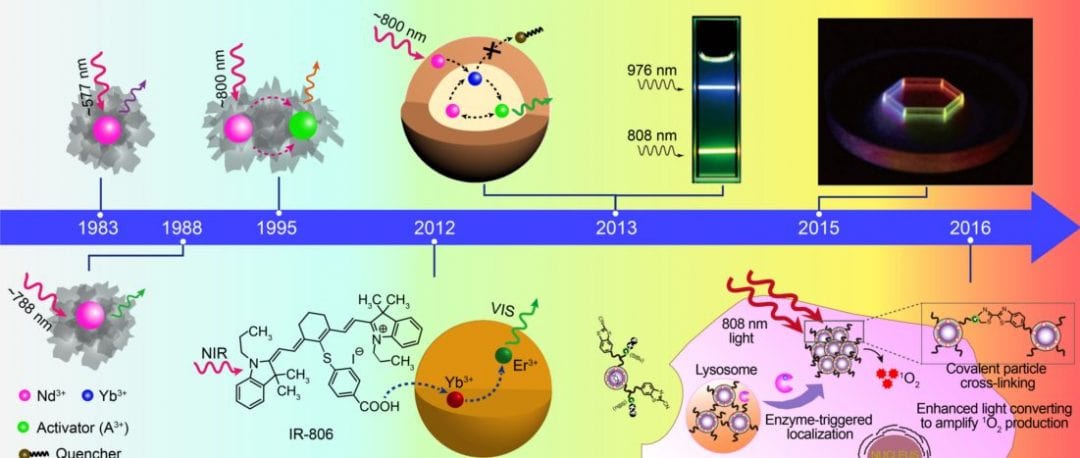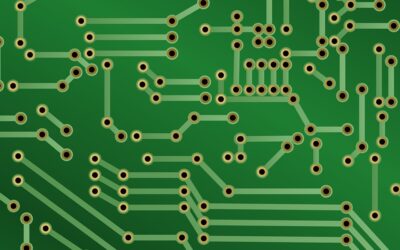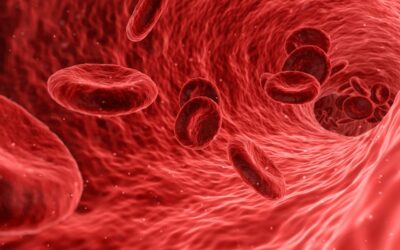Photon-upconversion is an intriguing phenomenon during which two or more low energy photons can be converted into one high energy photon. The most established examples for such are lanthanide doped upconversion nanoparticles, which are typically made from host materials and lanthanide dopants. Upon low energy light excitation, the doped lanthanide ions sequentially absorb the excitation photons and transform them into high energy photons. It is impressive that lanthanide doped upconversion nanoparticles have shown great promise in diverse fields, ranging from bioimaging, cancer therapy, and anticounterfeiting.
Nevertheless, despite showing such potential, one main challenge remains, that of the inherently limited excitation wavelength. For example, the excitation wavelength of traditional lanthanide doped upconversion nanoparticles is limited to ≈980 nm, which overlapped with absorptions of water molecules and many bio-species that exist in the living systems, reducing their more widespread application in the field of biology and material sciences.
A group of leading researchers from the University of Massachusetts Medical School and from Nanjing Tech University comprehensively review current advances in approaches with respect to the latest progress of shifting the upconversion excitation wavelengths to a biological “sweet spot” of 800nm. The emerging 800 nm light excited lanthanide doped upconversion nanoparticles that can overcome traditional limits and offer new opportunities for various applications are discussed.

Schematic illustrations of Nd3+ sensitized: a) core, b) core-inert shell, c) core-active shell, d) core-shell-shell, and e) core-shell-shell-shell upconversion nanoparticles, respectively.More information here.
Starting with the design for excitation wavelength tailoring, two state-of-the-art strategies are discussed, Nd3+ dopant and organic dye sensitization, followed by a description of the corresponding emission property tuning and current applications. The first strategy is to replace the traditional sensitizer, Yb3+, with Nd3+ or other lanthanide ion dopants that can absorb excitation energy efficiently at ~800 nm. The second strategy is to replace lanthanide sensitizers with organic dyes as, organic dyes have a much larger absorption cross section (several orders of magnitude) and a broader absorption band than those of inorganic lanthanide ions, thus enabling significantly amplify efficiency of photon upconversion. Moreover, the excitation wavelength can be also tailored by the rational design of the molecular structure of organic dyes.
As demonstrated by the outstanding progress that is summarized in this review article, efforts with respect to this new types of excited lanthanide doped upconversion nanoparticles could unleash previously limited areas of upconversion nanoparticles, providing numerous opportunities for their further material development application in a more bio-friendly manner.
Kindly provided by the Authors.

















